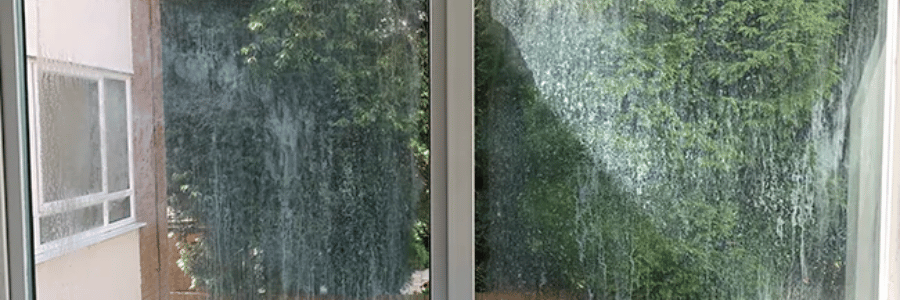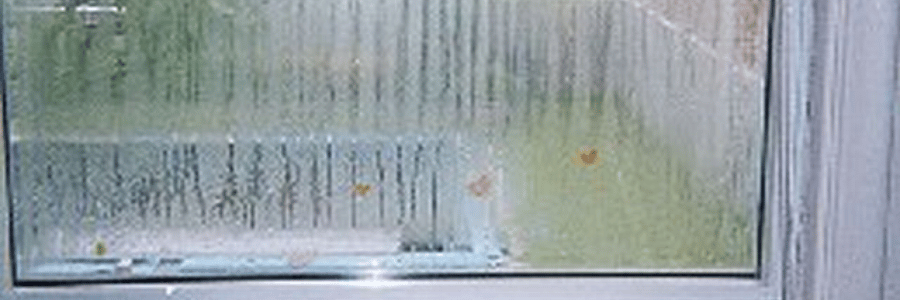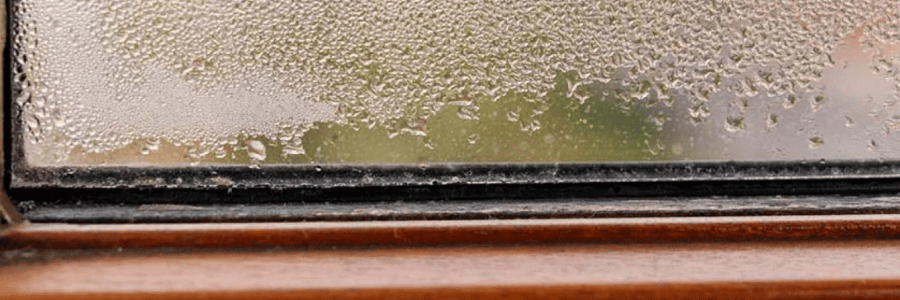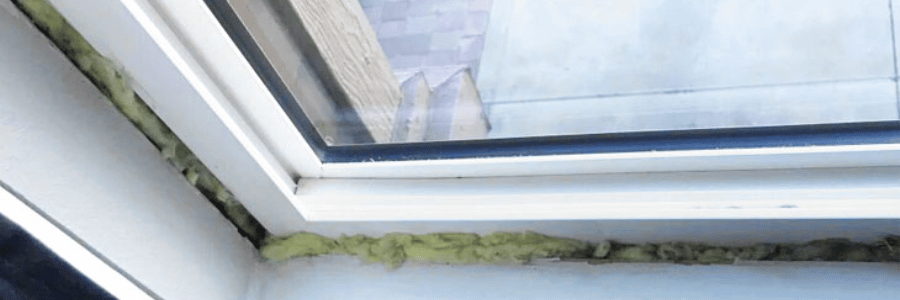Foggy or cloudy windows can be a frustrating problem for homeowners. Not only do they obscure your view and make your home look less inviting, but they can also indicate underlying issues with your windows or the overall insulation of your home. Fortunately, there are several ways to fix foggy or cloudy windows, depending on the root cause of the problem. In this blog post, we will explore the common causes of foggy or cloudy windows and provide practical solutions to clear up the issue.

Common Causes of Foggy or Cloudy Windows
Foggy or cloudy windows are typically caused by moisture trapped between the layers of the window. This moisture can create condensation that is difficult to get rid of. However, there are several potential causes behind this moisture buildup, each requiring a different solution:
1. Failed Window Seal
One of the most common reasons for foggy windows, especially in double- or triple-pane windows, is a failed window seal. Modern energy-efficient windows often have multiple layers of glass separated by an insulating gas (like argon or krypton). These windows are designed to create a barrier that reduces heat loss and helps maintain a comfortable indoor temperature.
When the seal between the panes of glass fails, moisture from the outside air can seep into the gap between the glass layers. This leads to condensation, which can make your windows appear foggy or cloudy. Over time, this problem may worsen, and you may notice a buildup of fog that won’t go away.
Solution: If you suspect a failed seal, the window will likely need to be replaced or the glass panes re-glazed. A professional window installer or repair specialist can assess whether the window needs to be repaired or replaced. In some cases, window defogging services can temporarily improve the situation, but the ultimate fix often involves a full replacement.
2. Condensation on Single-Pane Windows
Single-pane windows, which are more common in older homes, are highly susceptible to condensation. Because there is only one layer of glass, these windows lack the insulating properties of double- or triple-pane models. As a result, when warm, moist air comes into contact with the cold glass, condensation forms. This can lead to foggy windows, especially in areas with high humidity levels or during the colder months.
Solution: Condensation on single-pane windows is typically a temporary issue that can be reduced by managing indoor humidity levels. Consider using a dehumidifier or increasing ventilation in rooms prone to excess moisture, like kitchens and bathrooms. In the long term, replacing single-pane windows with energy-efficient, double- or triple-pane options can prevent this issue from recurring.

3. Temperature Differences
In some cases, foggy windows are a result of temperature differences between the inside and outside of your home. If the temperature inside your house is significantly warmer than the air outside, condensation can form on your windows. This is more common in colder climates where indoor heating systems cause warm, moist air to come into contact with the cold glass of the windows.
Solution: To address this issue, try to manage the temperature and humidity levels in your home. Avoid drastic temperature fluctuations by using space heaters or adding insulation around windows. Additionally, installing insulated curtains or thermal window coverings can help keep the indoor temperature more stable, reducing the chances of condensation forming.

4. Improper Window Installation
If your windows were poorly installed, it could result in drafts, poor insulation, and even gaps that allow moisture to seep in. Incorrectly installed windows may also cause problems with the seals, leading to condensation and fogging.
Solution: In cases where installation is the problem, you’ll need to have the windows inspected by a professional to identify the source of the issue. A qualified contractor can reseal, re-align, or replace the windows as needed to restore their effectiveness.
5. Dirty or Streaky Window Glass
Sometimes, what appears to be foggy or cloudy windows could simply be the result of dirty or streaky glass. Dust, dirt, or fingerprints on the outside or inside of your windows can create the illusion of fog, especially when sunlight hits the glass at certain angles.
Solution: Cleaning your windows thoroughly can often resolve this issue. Use a good-quality glass cleaner, a microfiber cloth, and a squeegee to remove dirt and smudges. Be sure to clean both the inside and outside of the window to ensure a streak-free finish. If you live in an area with high humidity, regular cleaning can help prevent buildup.

Step-by-Step Guide to Fix Foggy Windows
Depending on the cause of your foggy windows, here are some practical steps you can take to restore your view:
Step 1: Identify the Problem
Before you can fix your foggy windows, it’s important to identify what’s causing the issue. Ask yourself:
- Is the fog on the inside of the glass or between the panes?
- Is the condensation persistent or does it go away after a while?
- Are the windows single-pane or double-pane?
This will help you determine whether the problem is related to moisture, temperature differences, a failed seal, or dirty glass.

Step 2: Manage Indoor Humidity
If condensation is a recurring problem, reducing indoor humidity can make a big difference. Use a dehumidifier to control moisture levels in the air, particularly in areas like bathrooms, kitchens, or laundry rooms. Ventilate areas prone to moisture buildup and ensure that exhaust fans are working properly.
Step 3: Clean Your Windows
Sometimes, foggy windows are simply the result of dust, dirt, or streaks. Clean your windows thoroughly with a glass cleaner and a microfiber cloth to remove any debris that may be obscuring your view.

Step 4: Repair or Replace the Window Seal
If you have double- or triple-pane windows with moisture trapped between the glass layers, the window seal may be compromised. A professional window technician can inspect the seal and either repair it or recommend a full window replacement if necessary.

Step 5: Consider Window Replacement
In cases where the window seals are permanently damaged or the window is too old to function efficiently, replacing the window may be the best solution. Upgrading to modern, energy-efficient windows will not only prevent fogging but can also improve the overall comfort and energy efficiency of your home.

Conclusion
Foggy or cloudy windows can be more than just an aesthetic nuisance—they can indicate issues with your window seals, humidity levels, or the overall insulation of your home. Identifying the underlying cause of the problem is key to choosing the right solution. Whether you need to replace a failed window seal, manage indoor moisture, or simply clean your windows, addressing the issue promptly can restore clarity to your windows and help maintain a more comfortable living environment.
If the fogging issue persists despite your efforts, consulting with a professional window specialist can provide expert advice and solutions tailored to your specific situation.



